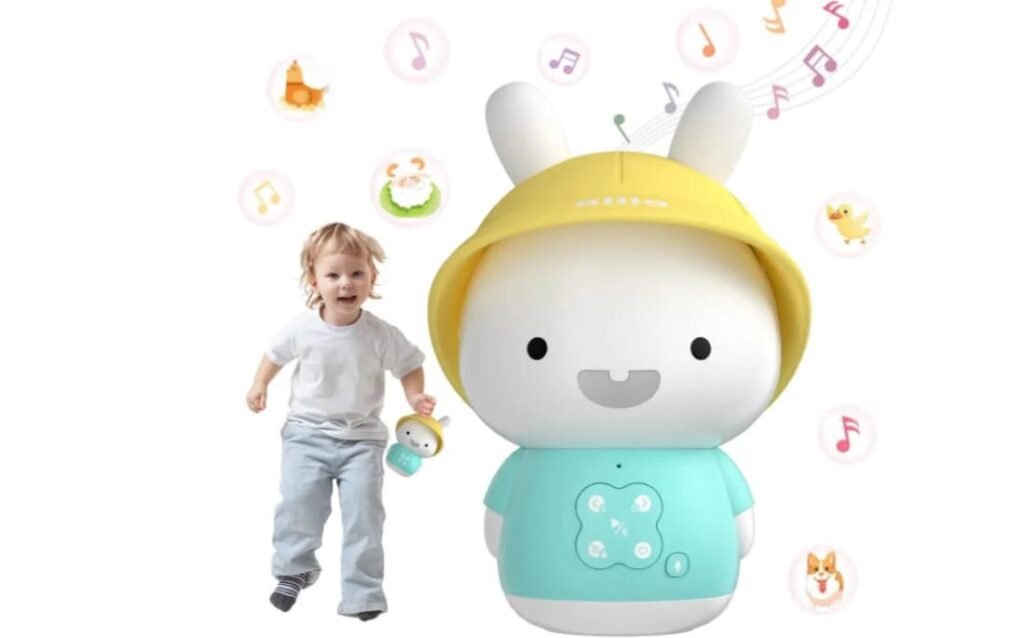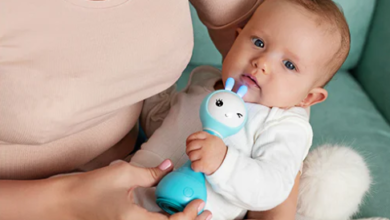How to Select Age-Appropriate Toys for Preschoolers?

Play helps children explore, grow, and express themselves. For preschoolers aged 3 to 5 years, the right toys can do much more than entertain—they support critical stages of development. Whether it’s building communication skills or developing hand-eye coordination, playtime is a powerful tool. However, selecting toys that match a child’s age and ability can be overwhelming for parents and caregivers. Safety, educational value, and engagement must all be considered. In this article, we’ll explore how to choose toys that are fun, developmentally appropriate, and safe for preschoolers.
Understanding Preschool Developmental Stages
Preschoolers undergo rapid changes across various areas of development. At this age, children are becoming more independent, learning to share, improving motor skills, and beginning to think more creatively. A well-chosen toy can reinforce these milestones. For example, toys that involve role-playing like pretend kitchens or doctor sets help kids understand the world around them. Puzzles with large pieces encourage problem-solving and fine motor skills. Social play also becomes more common—preschoolers enjoy playing with others, taking turns, and following simple rules. In day-to-day life, parents may wonder, what toy would a preschooler play with that not only entertains but also builds skills? The answer lies in understanding where the child is developmentally and choosing items that align with their growing abilities.
Safety First: Preschool Toy Guidelines
When choosing toys for children aged 3 to 5, safety should always come first. Start by checking that toys do not have small detachable parts that could pose a choking hazard. Toys should be sturdy enough to withstand rough handling and free from sharp edges. Materials should be non-toxic, especially for items that may end up in a child’s mouth. Look for toys that meet recognized safety standards and have been tested for quality. Avoid toys with long cords or strings that could present a strangulation risk. It’s also important to supervise play, especially with new toys. While most commercial toys come with safety labeling, it’s crucial for caregivers to stay alert. A good rule of thumb is to regularly inspect toys for damage or wear. Keeping toys clean also contributes to a safe play space. These steps help prevent accidents and ensure the child can enjoy playtime securely.
Educational Toy Categories
Educational toys for preschoolers can cover a wide range of developmental areas. Building toys like blocks or magnetic tiles support spatial awareness and fine motor skills. Arts and crafts sets encourage creativity and patience while helping with hand control. Games that involve counting or matching can help children start to understand basic math concepts. Books with interactive elements such as flaps or textures support early literacy and sensory exploration. Science kits designed for young children, such as basic plant-growing sets or simple magnets, spark curiosity and build critical thinking. Toys that promote physical activity, like tricycles or simple sports equipment, encourage coordination and healthy movement. Even simple musical instruments such as tambourines or maracas introduce rhythm and listening skills.
See also: Understanding the Lifespan of Different Roofing Materials
Smart Shopping Tips
Reading Age Labels Correctly
Age labels on toys are more than suggestions—they reflect safety and developmental suitability. A toy labeled “3+” has been tested to ensure that it doesn’t pose hazards to children under three. But age labels also hint at the skills the toy is meant to support. For instance, toys for 3-year-olds often focus on basic sorting or pretend play, while toys for 5-year-olds may include more complex rules or steps. Always consider the individual child’s abilities; some may be advanced or need simpler options. If unsure, choose toys with a broader age range or ones that “grow” with the child. Caregivers should use these labels as a helpful starting point, not a strict rule, and match toys to the child’s unique development.
Quality vs. Quantity Balance
More toys don’t necessarily mean better play experiences. In fact, a smaller collection of well-made, thoughtfully chosen toys often provides more value. High-quality toys tend to last longer, function better, and engage children more deeply. A durable set of building blocks, for instance, can be used in countless creative ways over many years. On the other hand, toys that break easily or don’t hold interest may quickly end up forgotten. A balance between open-ended toys and skill-building items is key. This way, children have room to explore freely while also being challenged. Investing in fewer but better toys can reduce clutter and foster a more enriching environment.

Avoiding Overstimulating Electronics
Electronic toys can be appealing, but too many lights, sounds, or automatic features may actually limit creativity. When a toy does all the work, children become passive participants rather than active learners. Overstimulating toys can also overwhelm younger children, causing frustration or difficulty focusing. Instead, look for toys that require interaction—like pressing buttons to hear sounds or arranging pieces to complete a task. These provide a balance of engagement and skill development. Battery-free toys often encourage more imaginative play and cooperation among peers. It’s not about avoiding electronics entirely, but selecting them thoughtfully to enhance—not replace—real play.
Conclusion
Creating a meaningful play space for preschoolers doesn’t require shelves full of toys. It requires thoughtful selection, based on safety, developmental needs, and educational value. By understanding how children grow during the preschool years and focusing on quality over quantity, caregivers can support learning and joy in everyday play. The right toys invite children to explore, imagine, and grow confidently. Let your child’s curiosity guide you as you choose toys that not only entertain but also empower them.







